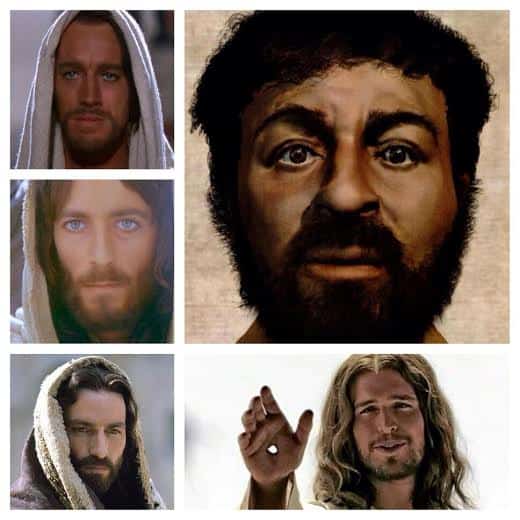Is there a point at which a movie projection becomes a projection of ourselves?
I got to wondering that when I first saw the trailer for the film Son of God, which opens February 28 and is produced by Mark Burnett (of Survivor fame) and his wife Roma Downey (Touched By An Angel). Take a look at the trailer below:
It looks like a sweeping, epic film with high production value and pretty good acting. But I have to admit, when I saw this trailer for the first time I couldn’t resist poking a little fun at it.
https://twitter.com/malawijay/status/421437458442498048
And my tweeps seemed to agree, wondering when Jesus became a Portuguese model with a British accent and perfect teeth.
Now, I haven’t seen the movie as of press time, and actor Diogo Morgado has spoken movingly in interviews about the responsibility he assumed in playing Jesus Christ for such an immense project. But it still makes me think: What are we doing in this modern era, when we know so much about the people of the ancient world, if we’re still promoting an image of Jesus that looks more like the people of Christian Europe than a Jewish laborer from Palestine?

Faces of Jesus
And there are a lot of other images like that out there. Click over and take a look at this Pinterest board that collects nothing but images of the faces of Jesus. Even in all those varied faces, there are still a few constants: long flowing hair, piercing eyes, often blue, lighter skin.
The truth is, we have no idea what Jesus actually looked like, and no contemporary images of him exist. Some of the earliest extant images of Jesus are found in Roman catacombs. They depict a young man, the Good Shepherd, with some typical Roman attributes, an image that would have been familiar to the early worshippers in those spaces. 2000 years later, and in some ways we’re still creating him in our own image. There’s even Facebook “Look Back” video for Jesus Christ:
It’s not as though there aren’t attempts to portray Jesus in other ways that may be less familiar, although just as inspiring, and sometimes surprising. About 10 years ago, forensic scientists attempted to reconstruct the face of a semitic person from Palestine of 2000 years ago, and the image they created is strikingly different from the one in Son of God. And take the church in Kansas City, Missouri, whose former pastor has filled the walls with dozens of different and sometimes shocking representations of Jesus. As he notes, St. Paul says that we are all images of the invisible God, and so images grab us in a particular way. Look at some of the pieces of his collection in this video:
Why is it that a probably-much-more-accurate picture of Jesus – or one that completely unlike anything we might expect – discomfits us? Is it just because it’s less familiar? Or is there something else going on there? Inevitably, we’re going to construct images of Jesus, in thoughts and prayer, in art and in media. So is it better to create images of Jesus that we can relate to, or should we pursue the one that challenges us?
If you have any thoughts, please share them in the comments below. I can only say this: these images make me wonder if maybe our inability to capture Jesus in any particular image or depiction is the more important insight — one that drives us to look for Jesus in all faces, instead of looking for the ‘right’ face.
******
Faces of Jesus image created by the author using screenshots and promotional images: Counter-clockwise from top left: The Greatest Story Ever Told (1965), Jesus of Nazareth (1977), Passion of the Christ (2004), Son of God (2013), Forensic reconstruction (2002)


